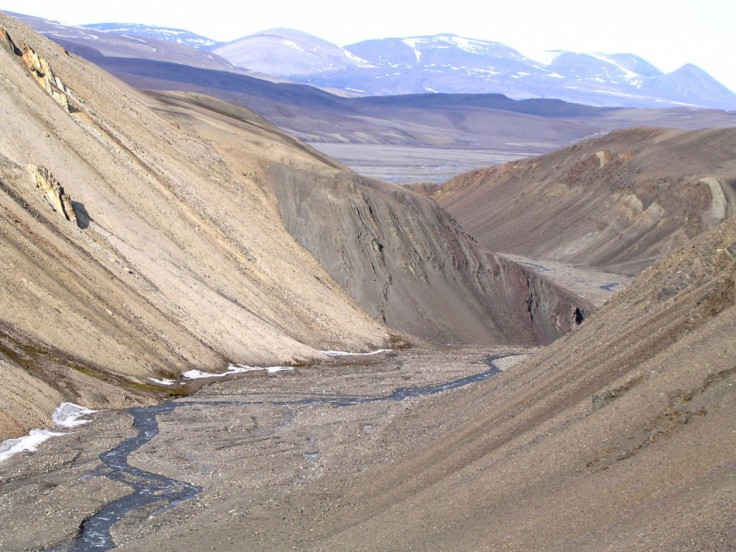‘The Great Dying’ Occurred in Phases, Killed 90 Percent of Earth's Species

The biggest mass extinction that killed 90 percent of the Earth's marine life occurred in phases and took hundreds of thousands of years to complete, experts have said.
According to a study conducted by scientists based at the University of Cincinnati, the Earth almost became a lifeless planet as a result of the phenomenon that they dubbed The Great Dying. It occurred about 252 million years ago, at the end of the Permian period.
The team of scientists, led by Thomas Algeo, analysed a Permian-Triassic boundary section on Ellesmere Island in the Canadian Arctic, probing the chemical evidence buried in rocks formed during this major extinction.
The study, which took almost a decade to complete, unveiled a devastated landscape, barren of vegetation and scarred by erosion from showers of acid rain, huge dead zones in the oceans, in addition to runaway greenhouse warming leading to sizzling temperatures. The findings were published in the Geological Society of America Bulletin.
The evidence collected by the team of experts relates to the phenomenal extinction to a massive volcanic event in Siberia which formed the traps, one of the largest known eruptions of the last 500 million years of Earth's geologic history. The phenomenon is believed to have spanned over a million years and covered the Permian-Triassic boundary.
The scientists relate this extinction to Siberian Traps volcanic eruptions, which likely first affected boreal life through toxic gas and ashes, said H. Richard Lane, program director at the National Science Foundation's Division of Earth Sciences, which funded the research.
A large portion of western Siberia reveals volcanic debris up to five kilometers (three miles) thick, covering an area equivalent to the continental U.S. The lava flowed through the areas where life was most endangered, through a large coal deposit.
Algeo said: The eruption released lots of methane when it burned through the coal. Methane is 30 times more effective as a greenhouse gas than carbon dioxide. We're not sure how long the greenhouse effect lasted, but it seems to have been tens or hundreds of thousands of years.
Data from fossilized marine deposits also helped the scientists arrive at their conclusion as much of the evidence was washed into the ocean. In shallow marine deposits, the latest Permian mass extinction was generally abrupt. Based on such observations, it has been widely inferred that the extinction was a globally synchronous event, Algeo added.
© Copyright IBTimes 2024. All rights reserved.











